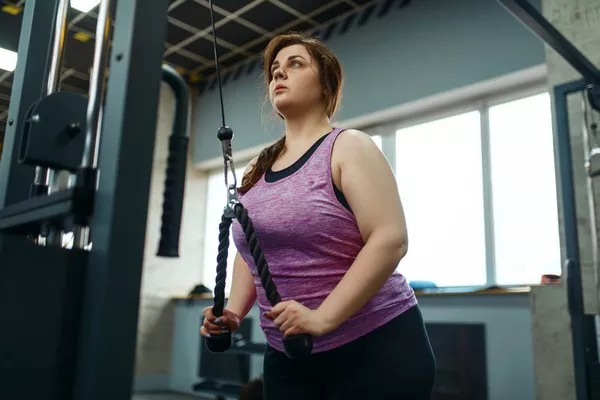For many, the beep test evokes memories not just of the test itself, but also the nervous anticipation before the first beep during school PE classes. Known also as the 20-meter shuttle run or multistage fitness test, the beep test has long been a staple in physical education, sports training, and military fitness assessments worldwide.
Designed to estimate aerobic fitness, or VO2 Max—the maximum rate at which the body can take in and use oxygen during exercise—the test involves running back and forth between two lines 20 meters apart in time with a series of beeps that gradually increase in speed. Its simplicity and practicality have made it popular in schools, sports teams, and military settings where time and resources are often limited.
The beep test was developed in the early 1980s by Canadian exercise physiologist Luc Léger. The goal was to create a progressive, group-based test that could estimate aerobic capacity in small indoor or outdoor spaces on various surfaces. Its ease of use contributed to its global spread.
While the test primarily aims to measure aerobic fitness, it also engages the anaerobic energy system due to frequent acceleration, deceleration, and changes in direction every 20 meters. This means the beep test provides a good overall indicator of cardiovascular health but is less precise than laboratory-based VO2 Max tests.
Scores vary by age, sex, and fitness level. Common misconceptions, such as a maximum “level 21” score representing perfect fitness, overlook the fact that what constitutes a good score depends on the individual. For teenagers, reaching levels six to eight is average, with top performers scoring higher. Among adults, average scores range from seven to ten, with elite athletes often exceeding level 13 for men and level 11 for women.
Despite advances in fitness technology—including smartwatches, wearable trackers, and lab-based performance assessments—the beep test remains widely used. Community sports, school programs, and military and emergency services continue to rely on it for its accessibility and cost-effectiveness.
However, alternatives like the Yo-Yo intermittent recovery test better suit athletes in sports involving stop-start activity, such as soccer and Australian football. Distance runs like the 2-kilometer timed run are preferred in some fitness and clinical settings for estimating aerobic fitness without directional changes. In elite sports and research, personalized laboratory protocols offer the highest accuracy.
Nonetheless, the beep test’s simplicity, scalability, and long track record make it a practical tool for assessing the fitness of large groups, especially where resources are limited.
Though it may bring back unpleasant memories for some, the beep test endures as a straightforward and effective method to estimate aerobic capacity in a variety of settings.
Related Topics
































